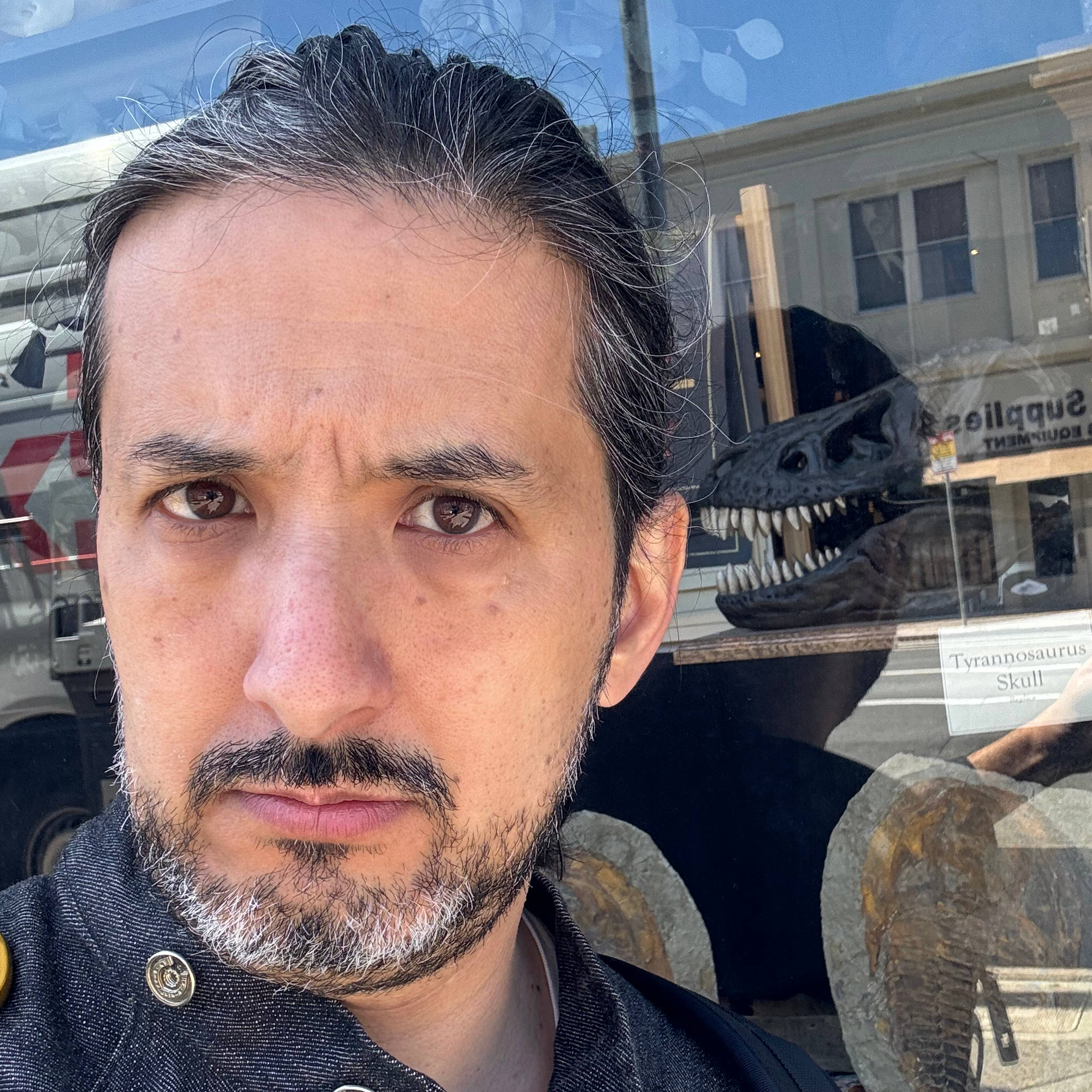How to communicate with radios in an emergency
by Dan Tennery-Spalding
Intro
Cell phone and internet service can go down in a disaster – at the exact moment you may need to ask for medical help, shelter or rescue.
The best alternative to phone and internet is radio: walkie talkies, FRS, GMRS and Ham radio. Don’t panic if you don’t know how to use these radios! This guide will teach you everything you need to know now.
Note
If you’re reading this before a disaster, please consider getting your Ham radio license. Ham is far and away the best for emergencies – if you are prepared. Getting your license and practicing is the best way to prepare! Go to hamstudy.org to get started.
Radio Overview
Your radio will have short range, no matter what it says on the box. Handheld radio range is “line of sight”; transmissions don’t go through solid objects well. You’ll get the longest range when operating from a high point with no obstructions, and the shortest when blocked by metal or earth. In urban areas, your range may be a few blocks or less.
Everything you say on the radio can be listened to by anyone else. It is impossible to choose exactly who you’ll talk to, unlike making a phone call.
Radio Etiquette
- Wait for a pause in radio traffic before talking (transmitting).
- Hold down the push-to-talk (PTT) button and wait 1 second because the transmitter may take that long to kick in.
- Hold down the PTT button firmly for as long as you are speaking.
- No one else can transmit while you are transmitting, so…
- Keep each transmission short and to the point. Say one thing only each time you transmit. Don’t ramble.
- Begin by saying the name or handle of the person you are calling (if known), and then your own.
- When you are done speaking, say “over” to indicate the other side can talk.
- To break into a conversation, say “break” and then your name or handle.
- Acknowledge the other side’s transmission with “acknowledged / roger / 10-4”.
- Avoid jargon or code words until you know what they mean and who you’re talking to.
- When your conversation is over, say your handle and then “clear” to indicate that you’re leaving the channel open for others to use.
Walkie Talkies / FRS / GMRS Radios
If you didn’t already know, FRS and GMRS are higher powered walkie talkies. Walkie talkies have the shortest range and GMRS the longest – though still far shorter in practice than the 5+ miles they claim.
These radios all work on fixed channels, leading to a small number of frequencies on which they can transmit. Those channels can easily get saturated during an emergency.
Ham Radios
These are the most powerful radios you may get your hands on – and the hardest to use. Here’s what you need to know now.
- They aren’t channelized, so there are many more frequencies you can use.
- Start with these frequencies; some radios may not be able to access them all.
- 146.520 is the most monitored for emergencies.
- 446.000 is also for emergencies, but is less monitored.
- 121.500 is for distress calls only.
- 162.400 to 162.550 is set aside for NOAA weather broadcasts.
- Ham radios can go farther than walkies / FRS / GMRS, but the same radio etiquette rules apply.
- You are unlikely to have access to the kind of Ham radios that transmit hundreds or thousands of miles.
- Ham radios by law cannot transmit on the same frequencies as walkies / FRS / GMRS radios.
- But a common (illegal) “MARS” modding makes it possible to do so.
Repeaters
A repeater is a radio in a box that receives transmissions on one frequency and automatically retransmits it on another. Ham radios can use repeaters; there are GMRS repeaters, too, although they’re less common.
Communicating through a repeater can extend the range of your radio tens or even over a hundred miles in some cases. Experienced Hams can help you find the frequencies for local repeaters and use them correctly.
Conclusion
If you apply what you’ve learned here, you’ll be able to help people faster and more effectively, starting with yourself and your family. Good luck. When it’s all over, please email me at dan.tending@gmail.com and tell me what was of use from this guide.

Leave a Reply